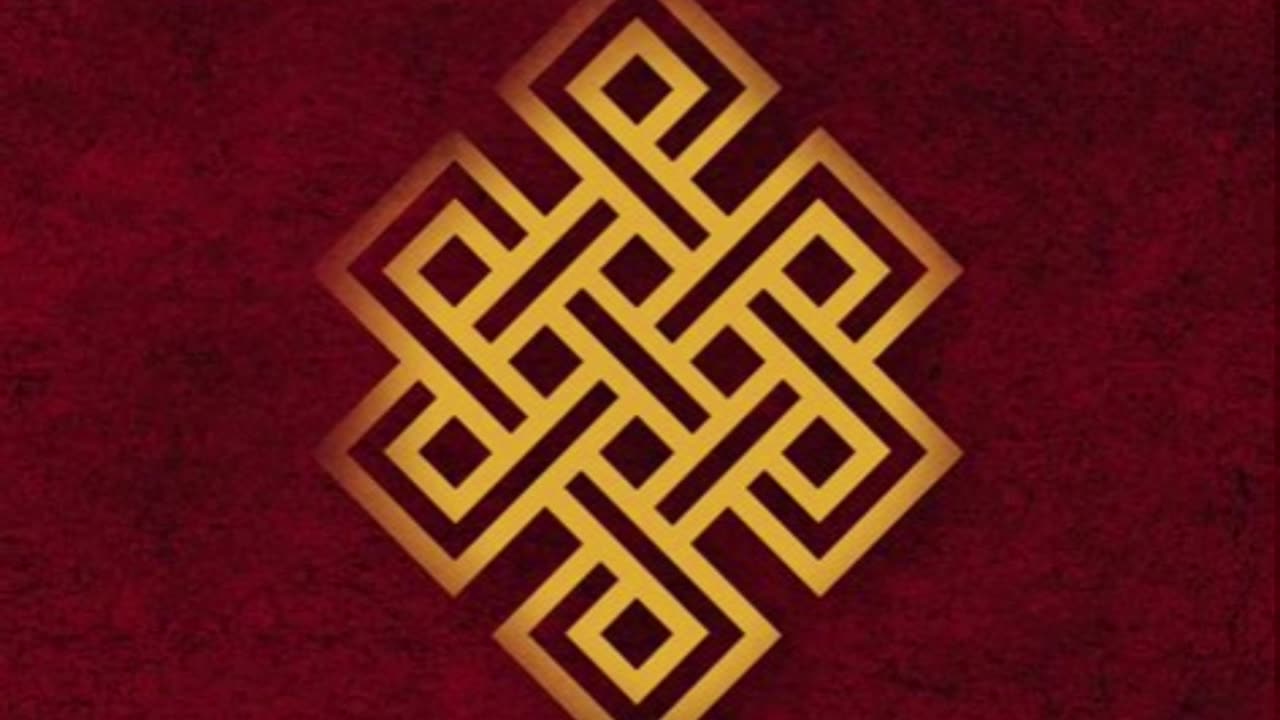Premium Only Content

The Tibetan Book of the Dead
The Tibetan Book of the Dead - known in Tibetan as the Bardo Thödol, meaning “Liberation Through Hearing in the Intermediate State” - is a key text of Tibetan Buddhism, traditionally read aloud to the dying and the recently deceased. It serves as both a spiritual guide for navigating death and rebirth, and as an instructional manual for the living on how to prepare for death through meditation and ethical living.
The text describes the bardo states - intermediate phases between death and rebirth - detailing the visions, sounds, and deities a consciousness encounters after death. These range from peaceful, luminous manifestations to terrifying wrathful forms, all understood as projections of one’s own mind. Through recognition of their true nature, liberation from the cycle of rebirth (samsara) is possible.
Drawing from Vajrayana Buddhist philosophy, the work integrates teachings on impermanence, compassion, and the illusory nature of reality. It has been used for centuries in Tibetan funerary rites, and in modern times has influenced psychology, comparative religion, and popular culture.
About the Author
The Tibetan Book of the Dead is traditionally attributed to Padmasambhava (Guru Rinpoche), an 8th-century Indian Buddhist master credited with bringing Vajrayana Buddhism to Tibet. According to Tibetan tradition, Padmasambhava dictated the text to his disciple and consort Yeshe Tsogyal, who wrote it down and concealed it as a terma (“hidden treasure”) to be discovered when most needed. It was later revealed in the 14th century by the tertön (treasure-finder) Karma Lingpa. While Padmasambhava is venerated as the spiritual author, the work as we know it reflects centuries of oral teaching, commentary, and transmission within the Nyingma school of Tibetan Buddhism.
-
 54:47
54:47
Deus Meum Que Jus
1 month agoWalter Martin - Tools Of The Occult
354 -
 13:45
13:45
The Charlie Kirk Show
4 hours agoTPUSA AT ASU CANDLELIGHT VIGIL
206K36 -
 55:10
55:10
Katie Miller Pod
4 hours ago $8.05 earnedEpisode 6 - Attorney General Pam Bondi | The Katie Miller Podcast
62.9K17 -
 1:46:41
1:46:41
Man in America
9 hours agoLIVE: Assassin Story DOESN'T ADD UP! What Are They HIDING From Us?? | LET'S TALK
46.3K24 -
 2:24:17
2:24:17
Barry Cunningham
5 hours agoFOR PRESIDENT TRUMP WILL TAKE NO PRISONERS AND THE LIBS SHOULD EXPECT NO MERCY!
85.5K56 -
 1:08:41
1:08:41
Savanah Hernandez
5 hours agoCharlie Kirk Was Our Bridge And The Left Burned It
42.3K37 -
 1:59:01
1:59:01
Flyover Conservatives
8 hours agoFinancial Web Behind Charlie Kirk's Murder with Mel K | Silver On It's Way to $50 | FOC Show
55.4K3 -
 2:36:19
2:36:19
We Like Shooting
16 hours ago $1.01 earnedWe Like Shooting 628 (Gun Podcast)
37.3K -
 1:09:26
1:09:26
Glenn Greenwald
7 hours agoTrump's Shifting Immigration and H-1B Policies: With Journalist Lee Fang and Political Science Professor Ron Hira | SYSTEM UPDATE #515
170K36 -
 13:09:23
13:09:23
LFA TV
1 day agoLFA TV ALL DAY STREAM - MONDAY 9/15/25
258K61